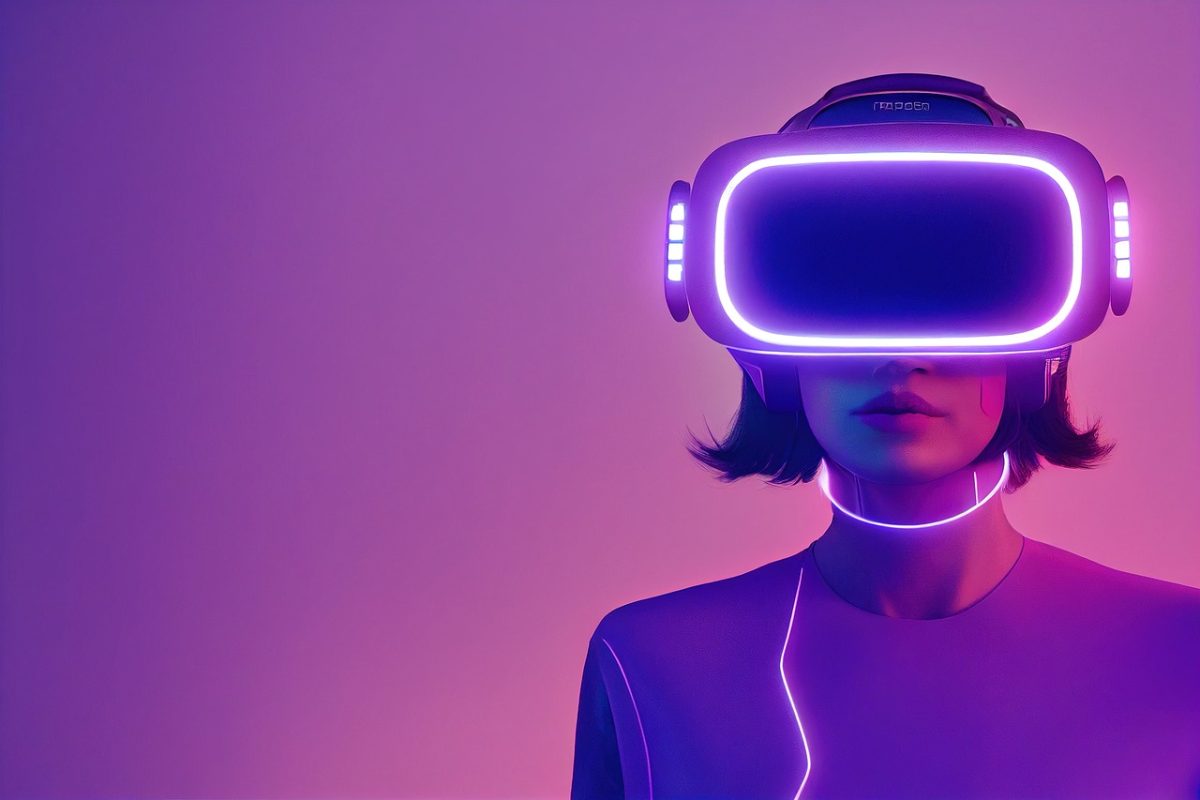The process of product design and development is changing due to the use of expanded reality (XR) technology that is providing a realistic, dynamic setting for product ideation, prototyping, and testing. This way the creation and production of products is being revolutionized by this cutting-edge technology.
The technology known as Extended Reality (XR) combines Augmented Reality (AR), Virtual Reality (VR), and Mixed Reality (MR). It allows designers and engineers to visualize and test their ideas in a virtual world using XR technology leading them to find and fix problems early in the development process. Companies are investigating the potential of XR technology because of the exciting opportunities it offers in product creation and development. In the near future, it is likely to become a crucial component of product creation.
This technology also has the potential to accelerate product creation, lower expenses, and streamline design and development processes. It also makes it feasible for product developers to visualize and engage with their products in ways that were previously impossible. In order to help users better comprehend how a product functions and how to use it, it can be used to create interactive product experiences.
Businesses are also utilizing XR technology to develop more individualized goods. Businesses can design goods that are customized for specific consumers by utilizing XR. The building of tangible prototypes, which could be time-consuming and expensive, was a traditional step in the process of product design and development. Contrarily, XR technology dispenses with the need for tangible models by enabling designers and engineers to build and evaluate virtual prototypes. Due to the ease and quickness with which adjustments and iterations can be made, this can lower expenses and speed up the development process.
Additionally, XR technology gives engineers and designers a more engaging and realistic way to visualize their creations. For instance, designers can evaluate the shape, functionality, and aesthetics of their product by viewing and interacting with a 3D model of it in a simulated world using VR. This can assist engineers in finding problems with their designs early on and fixing them.
On the other hand, augmented reality (AR) can be used to overlay digital data onto actual tangible prototypes, giving creators real-time information about the performance and behavior of the product. This can assist engineers in finding and fixing problems early in the development process, lowering the likelihood of expensive errors later.
VR and AR advantages can be combined with MR technology helping designers and developers to evaluate how the product will function in the real world by interacting with virtual versions in a real-world setting using MR. In order to evaluate their products in various environments, designers and engineers can use XR technology to mimic various product utilization situations. A VR simulation, for instance, can be used to evaluate a product’s longevity under various environmental circumstances, such as temperature and humidity. Before the product is produced, this can assist designers in identifying possible problems and making changes.
Overall, XR technology has the ability to completely transform the process of creating new products. Businesses can cut costs, expedite development, and eventually bring goods to market quicker by giving designers and engineers a more immersive and interactive way to visualize and test their ideas.
Please write to us at open-innovator@quotients.com to learn how the product design and development process is changing as XR technology develops further and how this technology will support more effective and efficient company operations.






